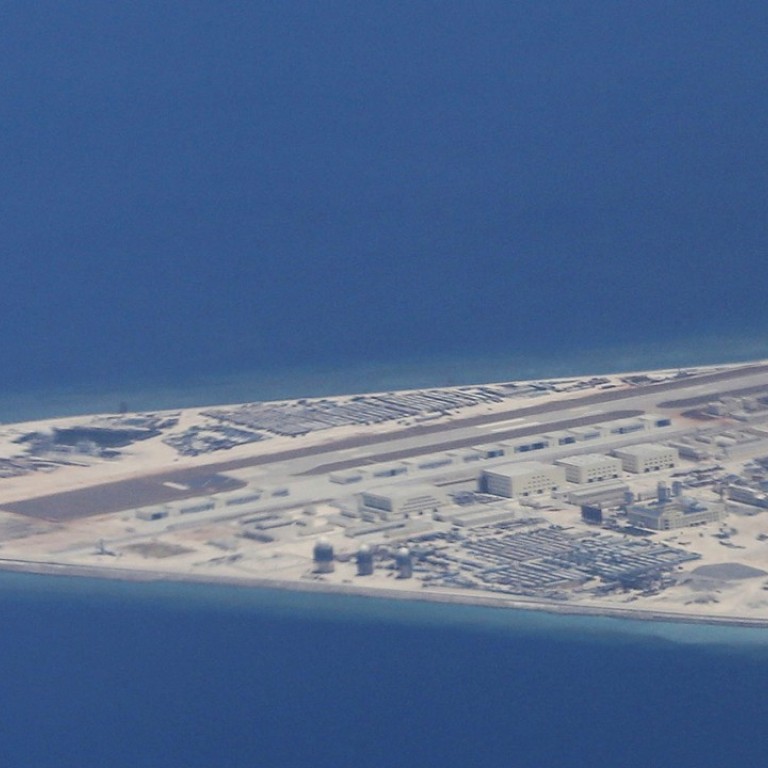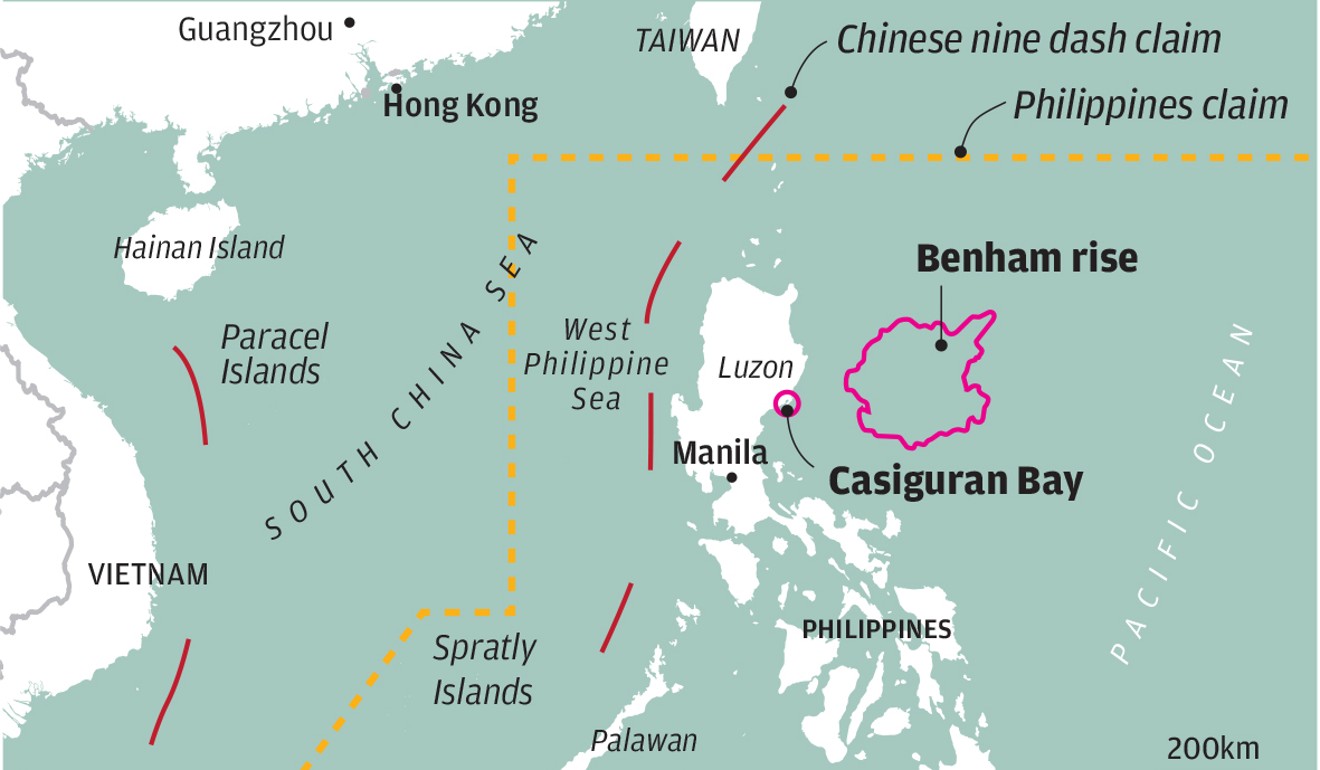
Major hurdles – and rewards – as China and Philippines try to forge deal to share South China Sea resources
If the two sides manage to reach an agreement, an outcome that is far assured given the myriad political and legal complexities, it could radically alter the dynamics of a vexing geopolitical dispute
Ahead of President Xi Jinping’s expected visit to Manila in November, the Philippines and China have taken a major step towards resolving their maritime disputes. Last month, the Philippine government announced the formation of a technical working group to iron out the legality of a resource sharing agreement with China in the South China Sea.
By the end of September, the two neighbours expect to finalise a basic framework for a joint exploration agreement in their overlapping areas of claim. The big prize is the disputed Reed Bank, located within the Philippines’ exclusive economic zone (EEZ), as well as China’s nine-dash-line claim that encircled as much as 90 per cent of the South China Sea.
Given the political sensitivity and legal complexity of the issue, the Philippines and China are looking at a joint exploration scheme as a preliminary step before an actual Joint Development Agreement (JDA) in the South China Sea.
If the two sides manage to pull off a resource sharing deal, an outcome that is far assured, it could radically alter the dynamics of the most vexing geopolitical dispute of the century.
From China’s point of view, any resource sharing arrangement builds on Deng Xiaoping’s age-old formula of peaceful dispute management with neighbours: “[S]overeignty remains ours; shelve disputes; pursue joint development.”
Drawing in Deng’s advice, the Jiang Zemin and Hu Jintao administrations managed to resolve 17 of 23 border disputes, particularly those in continental Asia. As a compromise, China either reduced the scope of its claims or, in few cases, abandoned its original claims.
What’s China’s ‘nine-dash line’ and why has it created so much tension in the South China Sea?
The South China Sea disputes, however, have proven to be a much more difficult diplomatic puzzle, with China tussling with multiple southern neighbours, including the Philippines, Malaysia and Vietnam.
The United Nations Convention on the Law of the Sea enjoins disputing parties to make “every effort to enter into provisional arrangements of a practical nature”, which will enhance “spirit of understanding and cooperation”.
It also calls on countries “bordering an enclosed or semi-enclosed sea” to “cooperate with each other in the exercise of their rights and in the performance of their duties”. Both China and the Philippines are signatories to the convention.

A successful resource sharing agreement with smaller neighbours legitimises China’s sweeping claims across the South China Sea basin, where the bulk of the country’s trade and energy imports pass through.
As for the Philippines, it seeks to de-escalate maritime tensions with China, while hoping to tap into vast energy resources within its EEZ.
Since coming to power in 2016, Philippine President Rodrigo Duterte has made rapprochement with China the centrepiece of his foreign policy. But beyond Dutetre’s strategic preference, there is also a palpable sense of urgency in the Philippines.
The Malampaya plant, which is responsible for a third of energy needs of industrialised regions of the Philippines, is expected to run out of gas reserves in less than a decade.
Amid rising oil prices, the fastest-growing economy in Southeast Asia is looking for alternative indigenous energy supplies. The Reed Bank in the South China Sea could be the answer.
Nations strengthen coastguards to counter Beijing in South China Sea
According to the United States Energy Information Administration, the disputed area likely contains up to 5.4 billion barrels of oil and 55.1 trillion cubic feet of natural gas reserves.
The Philippines has failed to explore and exploit resources in the area mainly because of the constant presence of Chinese paramilitary forces. Amid rising geopolitical tensions, multinational companies have been reluctant to help the Southeast Asian country develop energy resources in the region.
Earlier proposals for a joint venture with China National Offshore Oil Corp failed because of legal disagreements. The 2005 Joint Maritime Seismic Undertaking among the Philippines, China and Vietnam also failed after political controversy and legal uncertainties.
In legal terms, the Philippine constitution states, “the exploration, development, and utilisation of natural resources” in the country’s EEZ “shall be under the full control and supervision of the [Philippine] State.” Meanwhile, the South China Sea arbitration award at The Hague in 2016, initiated by the Philippines, invalidated China’s nine-dash-line claims as incompatible with modern international law.

Thus, any JDA with China could potentially violate both the Philippines’ constitution as well as The Hague ruling. But the Duterte administration, which seeks to amend the constitution and has effectively set aside the arbitration award, is intent on finalising a resource sharing agreement with China.
The two neighbours will most likely negotiate a framework that will deliberately elide questions of sovereignty. The two sides can establish a joint consortium, which includes a semi-private Chinese company and splits profits from energy extraction in a mutually acceptable way.
For political purposes, they is likely to start with less controversial joint exploration activities and then, over the years, move towards actual resource sharing in overlapping areas of claim.
Thus much will depend on the political will of both parties, particularly the Philippines, which is known for its contradictory policies across varying administrations. After all, Duterte’s successors may opt to take a tougher stance on the disputes based on a divergent ideological conviction and strategic calculus.
Richard Heydarian is a Manila-based academic and author

